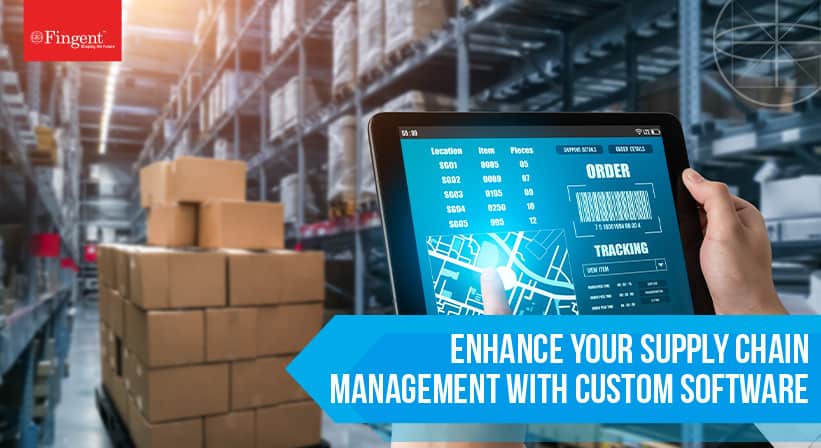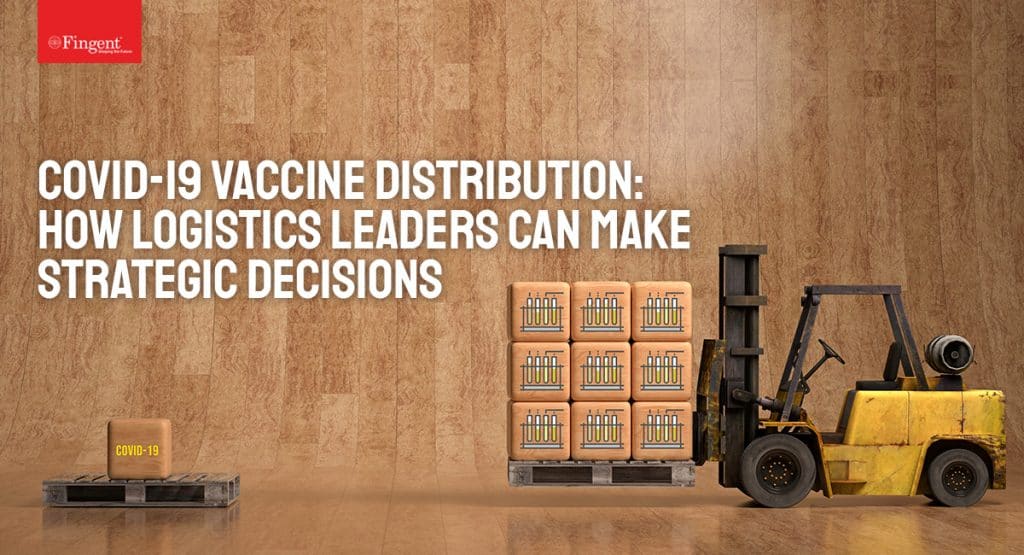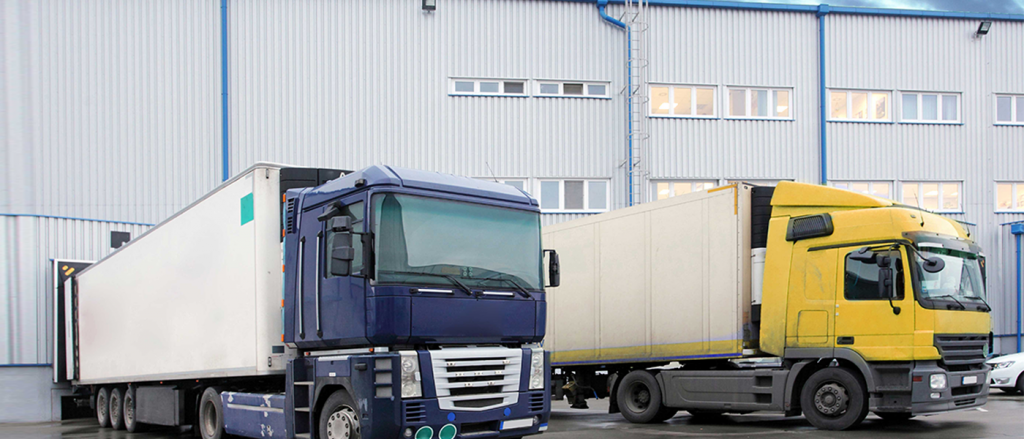7 Practical Steps to be Implemented by Organizations that Engage in COVID-19 Vaccine Delivery
How can companies step up their game and deliver the COVID-19 vaccine efficiently?
The COVID-19 vaccines have received Emergency Use Authorization in the United Kingdom, the United States, Canada, the EU, and a few other countries. Many frontline workers and even the priority population have already received their first doses. Vaccines from several major global manufacturers like India are also set to arrive and be distributed for administration globally.
However, in certain places, the vaccine effort has hit a few roadblocks. Deployment to vulnerable countries and the at-risk group is also slow. As the COVID-19 vaccine is being made available, supplying the doses efficiently with utmost care will be the ultimate logistics challenge. Massive volumes have to be handled, stored through cold chains, and distributed. All processes need to comply with safety regulations. In other words, the vaccines should be distributed quickly and safely worldwide.
In the United States, several organizations play a crucial role in vaccine deployment by adapting their operations to meet the demands. Suppliers, manufacturers, and regulators are stepping up the production of vaccines. Additionally, several thousands of medical, pharmacy staff, frontline workers, and vaccine handlers attend training sessions to understand the peculiarities of different manufacturers’ specific vaccines.
Here, we have discussed seven steps that organizations must engage in to ensure the safe delivery of the COVID-19 vaccine. Following these steps can boost the productivity of your logistics business and efficiency on your future orders and deliveries.
Read more: 6 Tips for Logistics and Supply Chain Leaders to Plan COVID-19 Vaccine Distribution Strategies
1. Ensure raw-materials supplies
Vaccine producers can partner with global suppliers of raw materials and provide support to create redundancies wherever needed in the supply chain. Last year, many manufacturers established new partnerships. However, a wide diversity of suppliers is necessary to meet the demands of each vaccine seeking approval. Manufacturers can negotiate contracts and offer incentives to suppliers who invest in boosting production and stocking-up the goods. Also, producers can evaluate their inventory management and check for stock-outs of essential raw materials.
2. Collaborate with the government
In addition to the above point, the producers must have sufficient interaction with the government to increase production and maintain it. Many manufacturers and suppliers are working closely with the government to manage natural resource allocation. This collaboration must be continued over the economic and public health implications of outsourcing legacy products and optimize production lines for COVID-19 vaccines. Additionally, producers can collaborate with the government to create technology-transfer timelines and develop innovative ways to push bulk volumes to the market. It also helps improve inventory management and distribution.
3. Boost manufacturing by adhering to quality guidelines
As producers need to ramp-up operations in new or existing manufacturing facilities, they could look for opportunities to accelerate the process. Companies can use several digital and analytics tools to expand capacity and scale faster. Additionally, they can accelerate technology transfer time. For example, companies grow and speed up production by conducting engineering runs, validation runs, and stability studies simultaneously.
By collaborating with regulators and manufacturers, authorities can ensure that they meet the established and newly issued guidelines related to the dosage quality and procedures. With such coordination and understanding, higher throughput can be achieved. Similarly, stakeholders can collaborate and employ novel technology platforms such as mRNA to establish new vaccine production standards. Creating best practices at the facilities and the production can help set a clear road map for new manufacturing facilities. Eventually, this can improve future production capacity and throughput while meeting all the quality standards.
4. Optimize cold chain logistics
To mitigate distribution risks, manufacturers and distributors must identify failure points and create redundancies at each stage. For instance, dry ice can be used in warehouses fitted with freezers to deal with power loss or machine malfunctions. So, sources of dry ice must be identified across the distribution routes to restock coolers as required.
Reporting systems can be set up to identify supply-chain disruption events whenever they occur, using the data for refining best practices and procedures to avoid more losses.
In case there is a drop in the vaccine demand to the point that they are not immediately consumed, vaccine inventories must be redistributed to locations with higher demand. Manufacturers and distributors must avoid too much stockpiling to maintain the cold chain and reduce risks to the receiving administration location. If this is not possible in some areas, long-term storage by replenishing dry ice or increasing freezer capacity can be considered.
5. Address labor shortage
Currently, many locations are relying on hospitals and primary-care sites alongside retail pharmacies for vaccine administration. However, as vaccines will be deployed to the general public, more vaccine administrators will be needed. So, deploying the vaccines to larger and streamlined sites will be more efficient. This will improve patient safety, utilization of labor, and speed of vaccination.
Read more: How SAP Helps Realize Voice-enabled Warehouse Operations
6. Reduce spoilage at “care-points”
Manufacturers, distributors, and companies can collaborate to create ways to identify and track instances of spoilage. They can achieve this with proper guidance, training, certification, and optimization of doses.
As vaccines will be deployed to broader populations, accelerating the first-dose allocation as scheduled will be of paramount importance.
A possible way to prevent second doses from spoiling is to ask the vaccine recipient to commit to a second dose appointment at their point of care before administering the first dose.
7. Plan to overcome IT challenges
COVID-19 stakeholders must identify IT systems and assess their ability to perform at scale. They must also agree upon standard requirements and processes to generate and share threat intelligence. Awareness of attacks on the vaccines will lower the chances of seizures in number and magnitude.
Additionally, manufacturers and distributors can commission systems to track if the vaccine recipient has demonstrated immunity. This will not only build confidence in immunity but help people have a recognizable and accepted way of certifying that they have been vaccinated. This is true, especially if it will release them from travel limits and other pandemic-related restrictions.
Read more: How to Pick the Right Logistics Management Software
The organizations involved in the deployment of vaccines are not solely responsible for managing it across the common operating model. The risks can be reduced to a great extent with increased cooperation from stakeholders. So, working groups could get together to identify the risks, assess their impact, and determine if certain risks are evolving and how they can be addressed.
Building smart and custom logistics software applications can help fulfill the increasing demand for last-mile delivery. Fingent top custom software development company will help build healthy tech partnership ecosystems to ensure uninterrupted supply and distribution of your products and services. It is the right opportunity to look at the future of logistics and decide whether to continue on the pre-COVID trajectory or change course. To see how our custom logistics software solutions can improve your team’s productivity, get in touch with us.
Stay up to date on what's new

Recommended Posts

25 Jan 2024 Logistics B2B
The Manifold Benefits of Custom Fleet Management Software in Supply Chain
Cost, Compliance, Efficiency, and Manpower – These are the pillars on which a fleet management business stands. A compromise on any of these can mean the whole business topples with……

15 Jul 2023 B2B
Exploring the Power of AI In Supply Chain
Artificial Intelligence (AI) evolved from a concept of science fiction to a transformative force that permeates our daily lives. From autonomous vehicles to voice assistants, AI has already made significant……

28 Jun 2023 Logistics B2B
Top 5 Ways SAP S/4HANA Can Improve Your Supply Chain Management
SAP S/4HANA is a catalyst for business success, weaving its transformative power across the ERP landscape. SAP S/4HANA is more than just any software; it's a realm of possibilities. It……

19 May 2022 Logistics B2B
Beating The Supply Chain Market Competition With Custom Software Solution
The onset of globalization has encouraged business operations on an international scale. It offers companies the opportunity to reach new customers in new markets. Exposure to unknown markets and sometimes……
Featured Blogs
Stay up to date on
what's new


















 US
US Insurance
Insurance









































